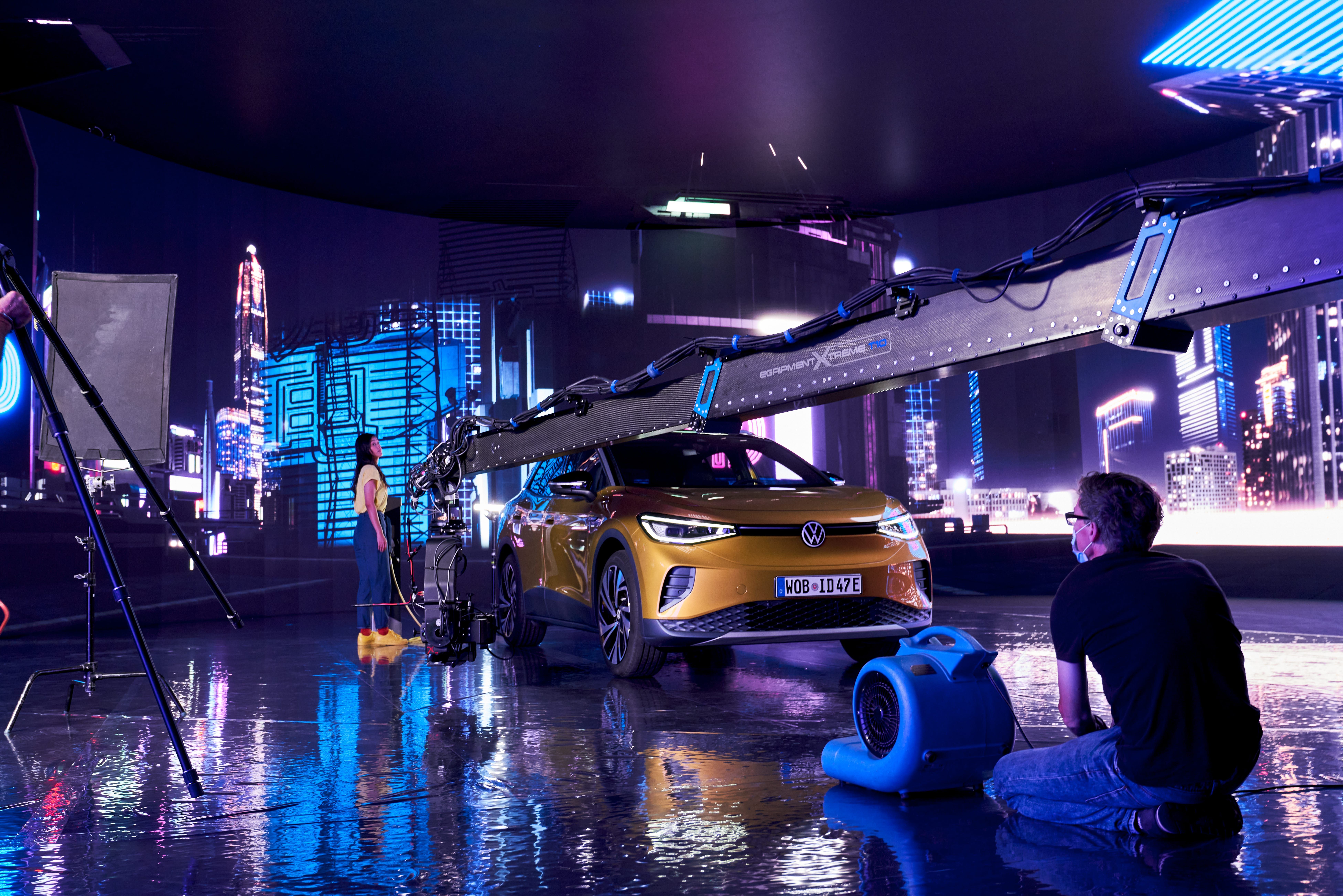When you think of the metaverse, you probably picture an avatar of Mark Zuckerberg floating around some computer-generated fantasy world.
Today, the term metaverse is played out. Everybody’s attaching it to products in nearly every industry, and there’s way more hype than there are actual opportunities.
In reality, though, the metaverse is nothing new–it’s been around for decades. My company, CGI.Backgrounds has been a metaverse company since 2004.
Truly practical uses of the metaverse might not get as much press, but they’re an increasingly important way for companies to create content, engage users, and reduce their carbon footprints.
Here’s a look at three metaverses that exist today, and are actually helpful.
Virtual Product Photography
Although people often think of video games or virtual worlds when they hear the term metaverse, business-focused metaverses are even more powerful than consumer-centered ones.
A decade ago, if you wanted to photograph a car or other product on location, you had to travel to a physical place in the real world with a camera crew. You also had to get permits to shut down whole city blocks, causing a huge amount of disruption.
Producing content in that way was incredibly expensive, and it also produced a massive carbon footprint. The New York Times estimates that a large media production can generate over 2,800 tons of CO2 emissions –as much as 11 one-way trips to the moon.
Today, companies are taking a different approach. Instead of sending a crew on location to shoot a physical product, they’re capturing high-resolution scans of real-world places, and using advanced technologies to insert 3-D models of their products into those virtual locations.
At CGI.Backgrounds, for example, we work with car companies like GM, Mercedes and Volkswagen to take car photographs in fully virtual, metaverse environments . The process gives 3D designers complete control over a shoot, and produces photo-quality outputs that run in car catalogs and ads.

Education
For some kinds of educational experiences, there’s no substitute for going on-site. Standing in front of a Monet painting is a uniquely powerful experience you can only have in person, for example.
For more remote destinations or schools with limited resources, though, the Metaverse can provide a way to experience historically significant places without needing to travel or go on location.
Today’s powerful high-resolution cameras can capture a real world place in incredible detail, and in 360°. Using a VR headset, students can then virtually experience that place, moving around in it seamlessly as if they were really there.
The British Museum’s virtual Museum of the World , for example, allows students to enter the metaverse and virtually explore artifacts and historical sites from around the world.
The resolution of today’s HDRi images is so good that in some educational metaverses, students can even zoom into a scene, view details, and look at things like the intricate carvings on a historical temple or the road signs on a foreign street.
Again, the metaverse can’t substitute for in-person experiences. But when those aren’t possible, educational metaverses are a wonderful educational resource that can help fill in the gaps.
News Reporting
The old adage that a picture is worth 1,000 words has always applied most strongly in the news reporting and media space than anywhere else. Good photography can help bring a story to life, or make clear why a news event matters.
World-leading news publications have experimented with using 360° images to immerse readers in a real-world place. Knight Lab, for example, has gathered a collection of nine journalistic metaverse projects.
In these projects, viewers can virtually experience standing in line for a food bank in Los Angeles, or immerse themselves in the harrowing stories of early African-American travelers who contended with racism and discrimination while driving around America.
Letting readers virtually explore a real-world place using the metaverse can connect them to the message of a story and feel as though they’ve done their own reporting.
As it becomes easier to generate still images using AI, the value of authentic imagery captured from a real-world place will only increase. News outlets of tomorrow will be able to use metaverse technologies to embed immersive, real-world images in their stories.
This will help build authenticity and trust and combat the rise of deep fakes and artificial imagery.
Metaverses in the Real World
Consumer metaverses like those envisioned by Zuckerberg's Meta may take off eventually, especially as younger users become a bigger consumer group.
Although these metaverses get most of the hype, the most practical and impactful uses of the metaverse are already here. Many have been in use for decades.
These practical metaverses will help companies cut their carbon footprints, let reporters tell compelling and immersive stories, and allow students to experience the world without leaving the classroom.
Mark Zuckerberg‘s metaverse might be flashy and cool (and it’s surely expensive), but we don’t need to wait for Meta to make truly useful metaverses a practical reality.
Top
